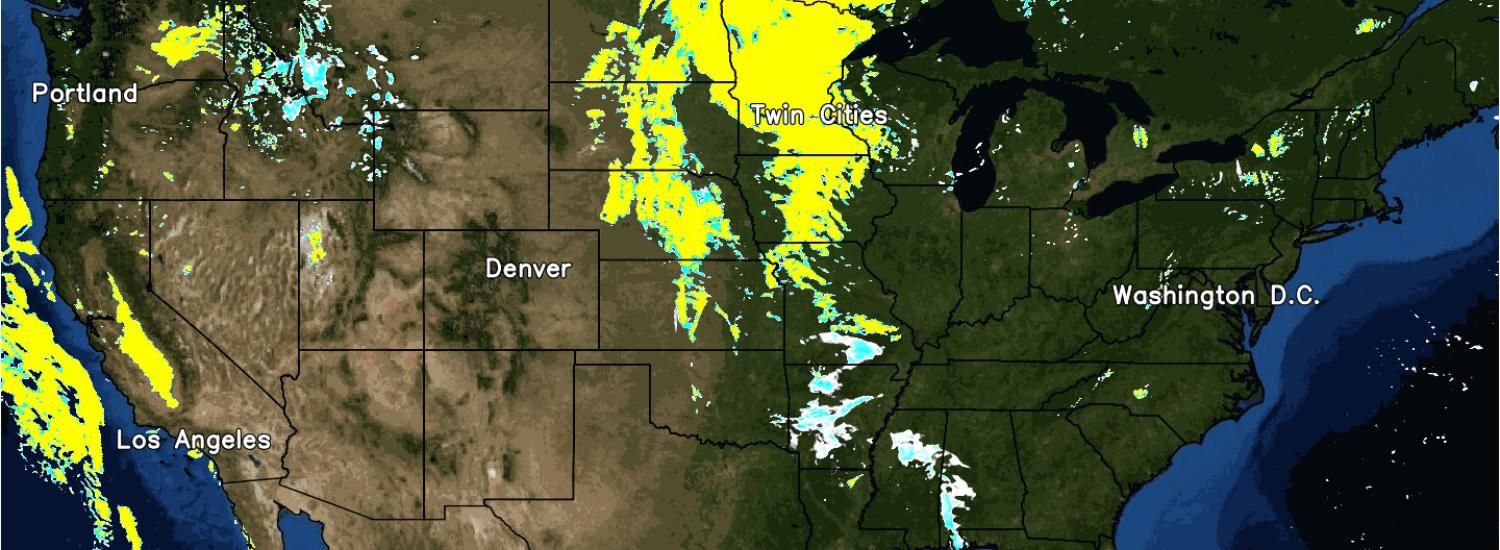The amazing research resume of the high-resolution rapid refresh model
Improvements in HRRR accuracy essential for weather predictions

From its inception as an experiment to improve forecasts for aviation, to the transition of its final update to NOAA National Weather Service operations on December 2, the Global Systems Laboratory’s pioneering High-Resolution Rapid Refresh (HRRR) weather model established a remarkable resume of research accomplishments.
Experimental versions of the HRRR improved the accuracy of short-term hazardous weather model predictions, icing and fog guidance for aviation, as well as better predictions of precipitation from long trains of Pacific storms called atmospheric rivers, which are vital to California’s water supply. Another version improved prediction of low-level winds in complex terrain, leading to more efficient wind energy production. Transmission grid operators use HRRR forecasts to factor weather conditions into calculations of how much energy they can send down high-voltage lines.
One experimental version that’s received prominent national exposure has been HRRR-Smoke, which for the past three years has become the go-to way for forecasters, public health officials, emergency operations and wildland firefighting managers to visualize the extent and spread of wildfire smoke across the country during fire season.
Over the past few years, NOAA National Weather Service meteorologists have been able to access experimental HRRR products to support the official model guidance they use to develop forecast products for the public. Now the HRRR is part of the operational model suite run by the NOAA National Centers for Environmental Prediction, the NWS environmental modeling arm.
“The HRRR is so useful in a myriad of forecast applications because it does such a good job representing all aspects of the weather--wind, precipitation, clouds, thunderstorms, even smoke, and how they evolve together in the atmosphere,” said CIRES Fellow Stan Benjamin, also a senior scientist with NOAA’s Global Systems Laboratory and one of the principal developers of the HRRR.
CIRES researchers in the NOAA Global Systems Laboratory are critical to the development of the High-Resolution Rapid Refresh weather model.
This story was written by NOAA Communications. Read the full story here.